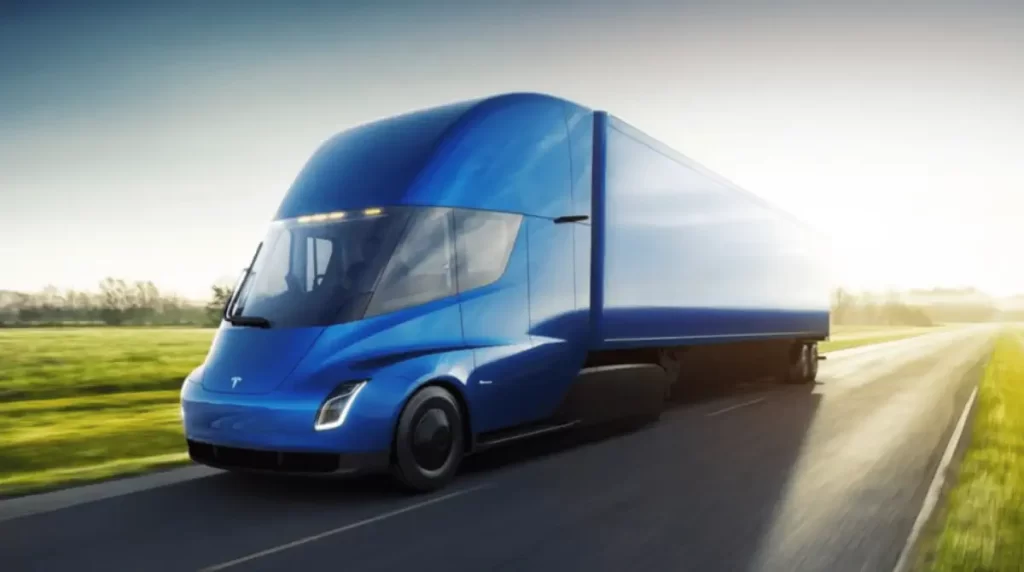Sustainable manufacturing and construction are becoming more critical than ever before across the globe. With population growth and the increasing demand for resources, we must find new ways to build and produce goods that don’t damage our environment.
Fortunately, many exciting new technologies are making this possible. In this blog post, we will discuss some of the most promising trends in sustainable manufacturing and construction, and explore how they can help us create a more sustainable future.
An Increase in Available All-Electric and Hybrid Shipping Vehicles
One of the most significant contributors to greenhouse gas emissions is transportation. This is especially true for shipping, where large cargo ships can produce a lot of unnecessary pollution.
Fortunately, there are now many all-electric and hybrid shipping vehicles available that can help reduce these emissions. For example, the Tesla Semi is an all-electric truck that ranges 500 miles and can haul up to 80,000 pounds. The company plans to start producing them in late 2022.
In addition, many other companies are developing electric or hybrid shipping vehicles. These include Maersk with their electric container ship, Royal Caribbean Cruises with their new hybrid cruise ship, and UPS with their recent delivery trucks. As more and more companies weigh the pros and cons of electric and hybrid shipping vehicles, we can expect to see a significant rise in their use and a reduction in emissions from transportation.

Modular Construction is Growing in Popularity
In traditional construction, buildings are often constructed piece by piece on-site. This can be slow, labor-intensive, and wasteful.
Modular construction is a newer type of construction that involves building structures in a factory setting and then assembling them on-site. This process is much faster and more efficient than traditional construction, resulting in less waste.
A significant benefit of modular construction is that it can be used to construct any building, from houses to skyscrapers. There has been a growing trend toward using modular construction for large-scale projects in recent years. For example, Google’s headquarters in London was built using modular construction, and the company plans to use the same process for its new headquarters in New York.
Relying on Renewable Energy Sources
As the world’s population grows, it is becoming increasingly important to rely on renewable energy sources. Renewable energy sources can be replenished naturally, such as solar power and wind power.
Renewable energy has many benefits over traditional energy sources. It is cleaner, more sustainable, and less costly in the long run. In addition, it helps reduce our dependence on fossil fuels, which could potentially lead to shortages in the future.
Many countries around the world are now investing heavily in renewable energy sources. For example, India plans to install 175 gigawatts of renewable energy by the end of 2022. Denmark is aiming for 100% renewable energy by 2030. And China has already started investing more than $360 billion in renewables at the outset of 2020.
Outside of the environmental benefits that can be seen with more reliance on renewable energy sources, organizations are also seeing improved relationships with their customers, which encourages improvements in sustainability, and the cycle continues. As an example, Apple has set a goal to power all of its facilities with renewable energy, and they are also working towards making their products more sustainable. This has helped them build a loyal customer base that genuinely cares about the environment.

Focus on Product Circularity
To create a truly sustainable future, we must move away from the “take, make, waste” mentality. This means producing products that can be reused or recycled instead of thrown away.
A good way to achieve this goal is by focusing on product circularity. Product circularity refers to the use of materials and components in products so that they can be reused or recycled at the end of their life cycle.
Many companies are now beginning to focus on product circularity as a way to reduce waste and improve sustainability. For example, companies like Dell, Adidas, and Coca-Cola are all using product circularity to reduce their environmental footprint and continue to produce products that support their brand values.
Better Use of Recycled Materials
Recycled materials can be used to create a wide variety of products, including furniture, clothing, and even construction materials.
The use of recycled materials is becoming increasingly popular as people become more aware of its benefits. For example, using recycled plastic to create insulation can help reduce energy consumption by up to 50%.
There are many different ways to recycle materials, and each one has its own benefits. Recycling aluminum, for instance, helps conserve 95% of the energy that would be needed to produce new aluminum from scratch. And recycling glass saves on average 40% of the energy that would be necessary to achieve the same goal.
In Summary
As the world continues to grow, there are many ways we can make our manufacturing and construction processes more sustainable for future generations. By relying on renewable energy sources, focusing on product circularity, and using recycled materials, we can move towards a more environmentally friendly future. These changes will not only help us reduce our impact on the planet, but they will also save us money in the long run. So let’s work together to create a brighter tomorrow for all of us.
- Miracle Drug or Snake Oil? How Consumers Can Tell the Difference - August 15, 2022
- Why Renewable Energy is a Geopolitical Issue - March 16, 2022
- Sustainable Trends in Manufacturing and Construction - January 28, 2022

One reply on “Sustainable Trends in Manufacturing and Construction”
Interesting insights! Overall, the modular construction process is a giant leap to saving the planet from the inevitable effects of traditional construction. Modular buildings allow quick and cost-effective environmental-friendly processes. On top of these benefits, modular construction is also environmentally sustainable which opens up great opportunities for more responsible use of building materials and more eco-friendly designs.